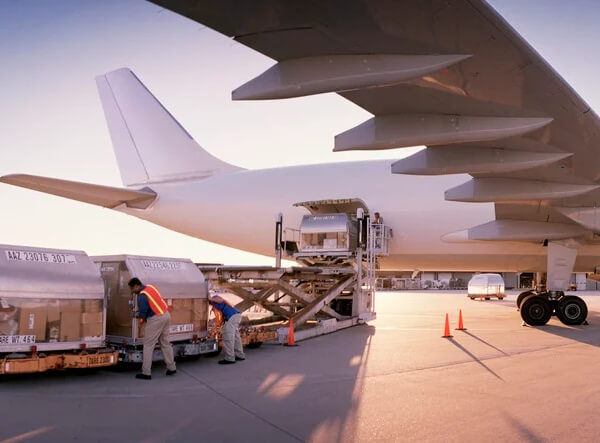Start moving in the
right direction.
Speak to us today to see how we can improve your business logistics, freight and customs related issues.

Air freight is one of the fastest and most reliable ways to ship goods internationally. However, the success of your air freight shipment depends not only on choosing the right freight forwarder but also on how well you’ve packaged your cargo. Proper packaging is absolutely essential to safeguard your goods during the rigours of air transport.
Below you will find step-by-step instructions on how to pack your goods for a safe and damage-free journey.
Air freight cargo undergoes a complex journey involving multiple transfers, handling by various people, and exposure to varying conditions. Here’s why proper packaging is vital:
Protection from Impact and Vibration: Air cargo may experience jolts, bumps, and vibrations during take-off, landing, and even turbulence. Appropriate cushioning and secure packaging will keep your items safe from these forces.
Handling and Stacking: During loading and unloading, boxes may be stacked on top of each other. Durable packaging ensures that boxes won’t crush and damage your products within.
Temperature and Pressure Fluctuations: Air freight compartments can experience changes in temperature and pressure as an aircraft travels through different altitudes. Well-packed cargo should be able to handle these changes without issues.
Environmental Factors: Your goods may be exposed to moisture or humidity. Good packaging helps prevent moisture damage.
Security: Secure packaging deters pilferage and makes it easier to identify tampering during transit.
Packaging for air freight should be approached strategically. Here’s what to consider:
Improper packaging can lead to several unfortunate consequences:
Damage to Your Goods: Poorly packed items are vulnerable to getting crushed, broken, or damaged during handling and transport. This could result in lost revenue, unhappy customers, and even damage to your reputation.
Damage to Other Shipments: If your cargo isn’t secure, it might break loose and damage other consignments. This could lead to liabilities and disputes with carriers and other shippers.
Delays: Damaged shipments might need to be repacked or inspected, resulting in delays and additional costs.
Rejected Shipments: Air carriers have the right to reject cargo that doesn’t comply with their packaging regulations. This can lead to significant disruption of your supply chain
Insurance Issues: Your cargo insurance might not cover losses or damages that result from inadequate packaging.
Consolidate Smaller Shipments: If possible, consolidate smaller shipments into fewer but larger boxes to improve stability and handling efficiency.
Distribute Weight Evenly: Pack heavy items at the bottom of the box and distribute weight evenly throughout for better box integrity.
Know the Regulations: Familiarise yourself with any specific air freight packaging regulations relevant to your goods and destination country.
Work with a Freight Forwarder: An experienced air freight forwarder like Clarke Global Logistics can advise you on the best packaging practices for your cargo, ensuring everything conforms to regulations
Our team can provide tailored advice on all aspects of your air cargo shipment, including packaging, documentation, and compliance. With our extensive experience and global network, you can trust us to deliver your cargo securely and on time.


Established in 1917, Clarke Global Logistics is a reputable Australian Customs Broker and Freight Forwarder; offering a totally integrated trade service both locally and globally.

Speak to us today to see how we can improve your business logistics, freight and customs related issues.